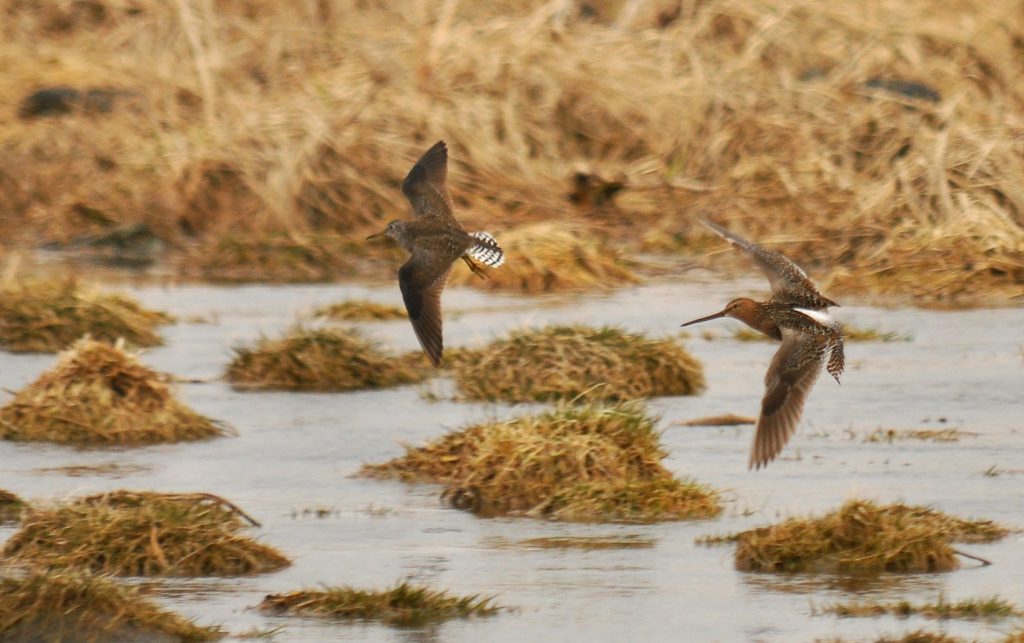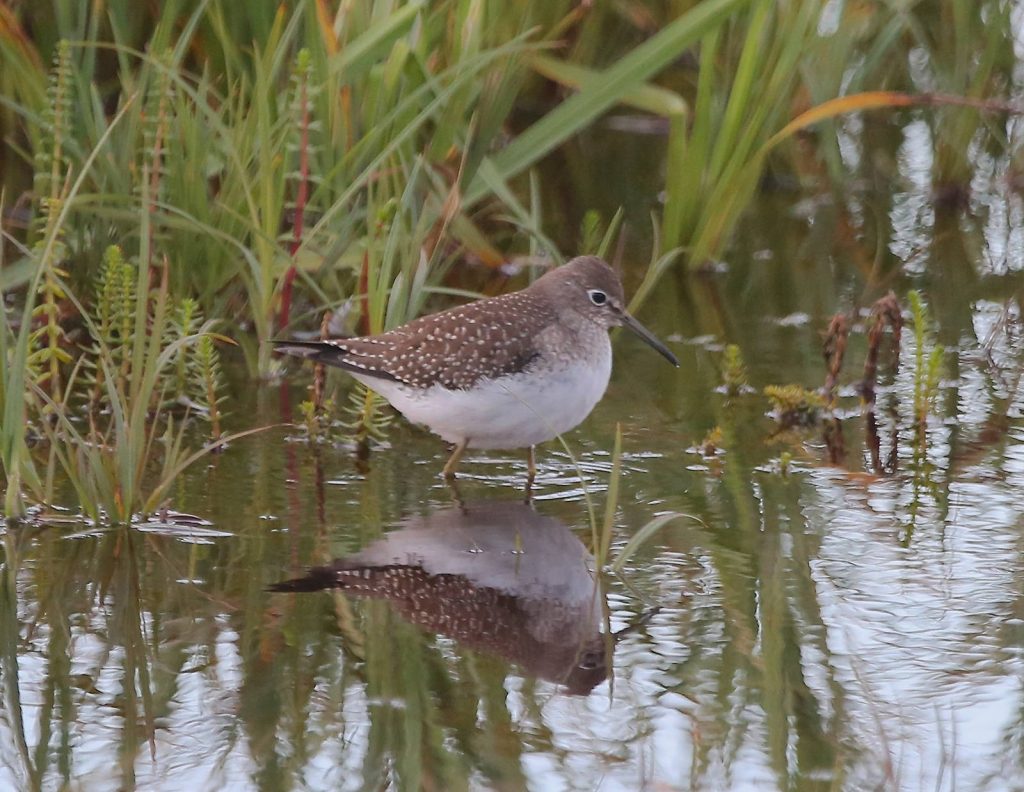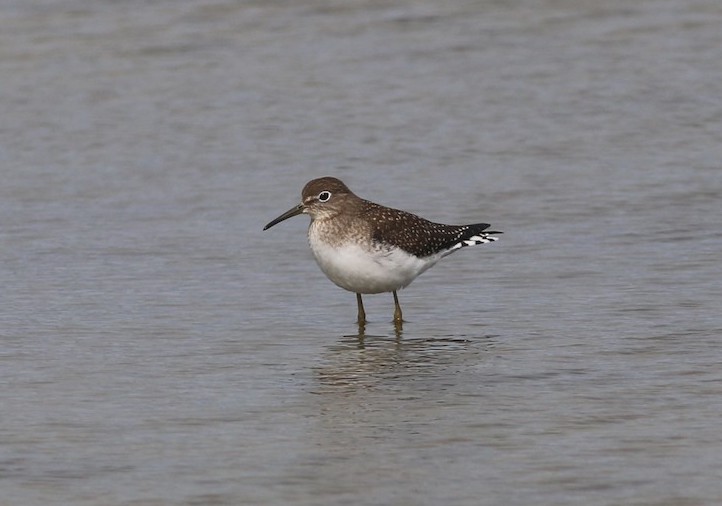The nine records of this species all follow the same general patterns of other species in this genus (Tringa), with most of the spring records from mid-late May and the fall records in late August and early September. These two periods are the most likely time frames for future records to appear in, with a single mid-summer record of an early southbound adult individual.




